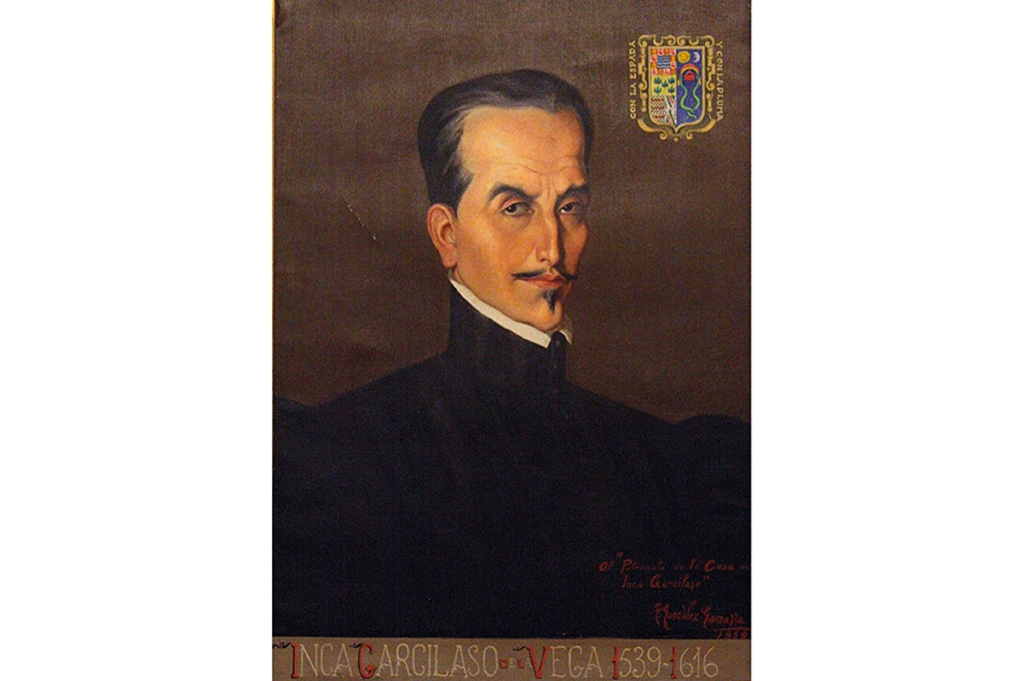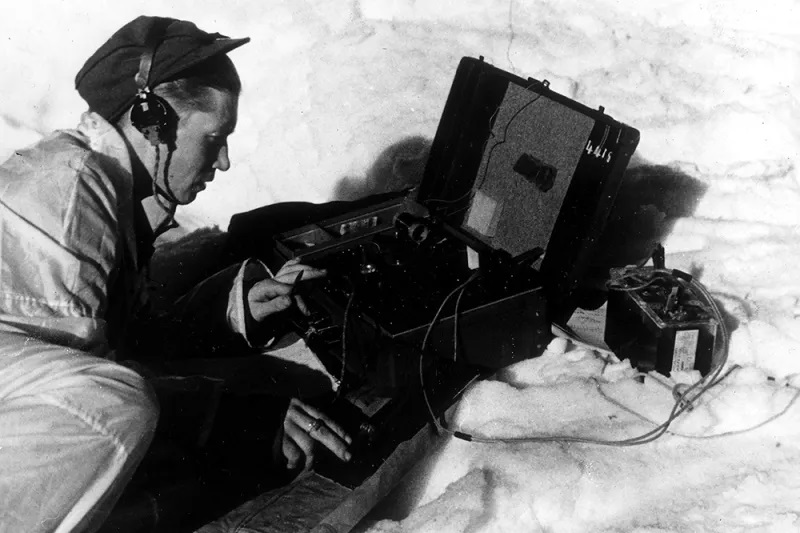The most influential Native American visitor to Europe in colonial times was a fiction. The protagonist of L’Ingénu, Voltaire’s novel of 1767, and of a dramatization by the sage’s acolyte Jean-François Marmontel, was the very model of a noble Huron. He fought the British with distinction, fell in love with an imprisoned French lady and assaulted the Bastille to liberate her. The strikingly prescient central event makes his story excel even the Great Cat Massacre as a prefiguration of the French Revolution. Indeed, the discovery of the natural wisdom of the savage facilitated the philosophes’ esteem for the common man. By empowering the masses they imperiled themselves — but that is another story.
Voltaire’s hero reciprocated French admiration, marveling — in a topos of the time — at the way Nature seemed to have adapted the Parisian environment to provide the perfect habitation for humans. The reactions of real-life visitors from across the Atlantic in the same period are more elusive — not because they weren’t eloquent but because newcomers to Europe seldom saw any reason to modify the views they’d formed from a distance.
From Spain’s American dominions, tens of thousands of folios of early colonial documents survive from indigenous hands in native people’s own languages. Most are unread and few have been cataloged. But the scholars who have begun to publish them in recent years have revealed a surprising world, where incoming and incumbent elites collaborated in appreciation, to mutual advantage. Features of the white man’s civilization appealed to natives: his religion, his alphabet, the unbounded reach of his commerce, his arts and technologies, his intoxicants, his music and his usefulness as objective arbiter, holy man or marriage partner.
Unhelpfully, Caroline Dodds Pennock excludes indigenous people’s archives as a means of illuminating their feelings. She mistakenly supposes that “we rarely are able to hear indigenous voices”; but she is right in saying “it is easier to find documents about European attitudes to indigenous peoples than about indigenous attitudes to Europeans” — that is, if you look in the wrong places and fail to cross the culture gap separating our understanding of people different from ourselves.
The alternative method she proposes is interesting and promising: compiling stories of Amerindian and mixed-race transatlantic travelers. She assembles her tales diligently, albeit selectively, but quotes no sources to enhance our picture of their perceptions. Instead, she falls back on putting thoughts into their heads, or speculating on what they “must” have felt. Woke nonsense warps her vision. She deprives native people of the power to craft their own destinies by portraying them chiefly as victims of the conquistadors. This misperception has serious consequences. In most of America, for most of the colonial period, Europeans did not displace native power but added another layer to it.
Those who fail to see this make mistakes, of which Dodds Pennock’s are characteristic. Only a misreading of the documents could lead her to suppose that indigenous writers “blurred the distinction” between a Habsburg emperor and God. Her misunderstanding of Columbus’s conflicted views of the peoples he encountered is hard to explain except as the result of prejudice. Her laments for a “world… gone forever” used to be conventional; but most specialists are now aware that many political, economic and cultural continuities survived conquest.
Baptisms, which the author condemns as “forcible,” were no such thing. And it is difficult to allow the use of an account of an Atlantic crossing of 1573, in which no Amerindians took part, as evidence of what Columbus’s indigenous fellow passengers experienced sixty years earlier. To accuse the Dominican philanthropist Bartolomé de Las Casas — par excellence the spokesman for indio rights in the sixteenth century — of “brutal measures… to save souls” is valid only with reference to the fact (which our author ignores) that he refused absolution to white penitents who confessed crimes against native people.
Dodds Pennock shows unpardonable disrespect for evidence when she dismisses the agonies of theologians who demanded that justice should limit war in the New World. The huge number of cases of indigenous petitioners whose rights the Spanish courts upheld — often against European contenders — wither under her assumption that indios qualified for reward only as quislings or cronies. The experience of an Inca visitor (whom she does not mention) is suggestive. El Inca Garcilaso de la Vega incurred no racism; but, as the son of a native princess, he benefitted from Spanish snobbery. He would become one of Spain’s most distinguished humanists, with a record number of god-children in the Spanish town he made his home.
The assertion that “Columbus’s expeditions had seen thousands of indigenous people cross the Atlantic” is unsupported by evidence. And it is astonishing that Dodds Pennock thinks there was “no permanent Spanish settlement on the mainland until after Cortés’s invasion”: there were at least three. She alleges that reports of negotiations between invaders and natives were “wishful thinking”: on the contrary, under the Spanish monarchy most native communities joined the Spaniards peacefully. She says that papal Bulls “made indigenous peoples non-existent”; but, in Sublimis Deus, Pope Paul III decided in the Amerindians’ favor the question of whether they were part of humankind. Her claim that “the majority of indigenous voyagers did not choose to travel to Europe” also cannot be substantiated. Such examples multiply.
Ignorance and insensitivity combine, and the author’s lack of imaginative identification with people in the past is troubling. She rarely mentions visual art, and the only work of fiction she cites is by that rascal of the early Enlightenment who called himself the Sieur de Lahontan. He put his own criticisms of French monarchs and churchmen into the mouth of a fictional Huron, whom he called Adario, and who appears in the frontispiece of his book brandishing a bow and standing on ape-like hind paws under the inscription “He Tramples Laws and Scepters.” Though she admits that Lahontan’s dialogues are “fictionalized,” she treats them as genuine guides to his encounters with the famed Kondarionk, who died in 1701. The error is not original; but as a self-proclaimed expert on Native American history, Dodds Pennock should have spotted the origins of the misconception in uninformed reading by generalists.
As a study of the early modern period, On Savage Shores is incompetent. But as a mirror of our own times it is instructive. In renouncing racism – the view that one race is inherently superior to another – some of my fellow academics have substituted another assumption: that bien-pensant contemporaries are inherently superior to people of the past. Submitting to the tyranny of the majority, they discount the democracy of the dead.
The historian’s vocation is not to bury Caesar but to understand him. We shall never fathom the success and importance of the large, culturally variegated and astonishingly ambitious states we call empires without grasping how and why they appealed to subject communities. Pre-industrial empires, such as those that provide the context for On Savage Shores, were weak: they lacked the technology and manpower to enforce their rulers’ policies and preferences on huge, distant, barely accessible and often hardly intelligible majorities. Only by negotiating the obedience, or at least the tolerance, of a critical mass of local and regional elites could such rulers function at all — let alone endure for centuries against political, economic and environmental odds. If all we see is evidence of their moral shabbiness or the endorsement of our own smugness, not only will we misunderstand them: we will also disarm the self-criticism we need to cope with our own mismanaged and misguided world.
This article was originally published in The Spectator’s UK magazine. Subscribe to the World edition here.

























